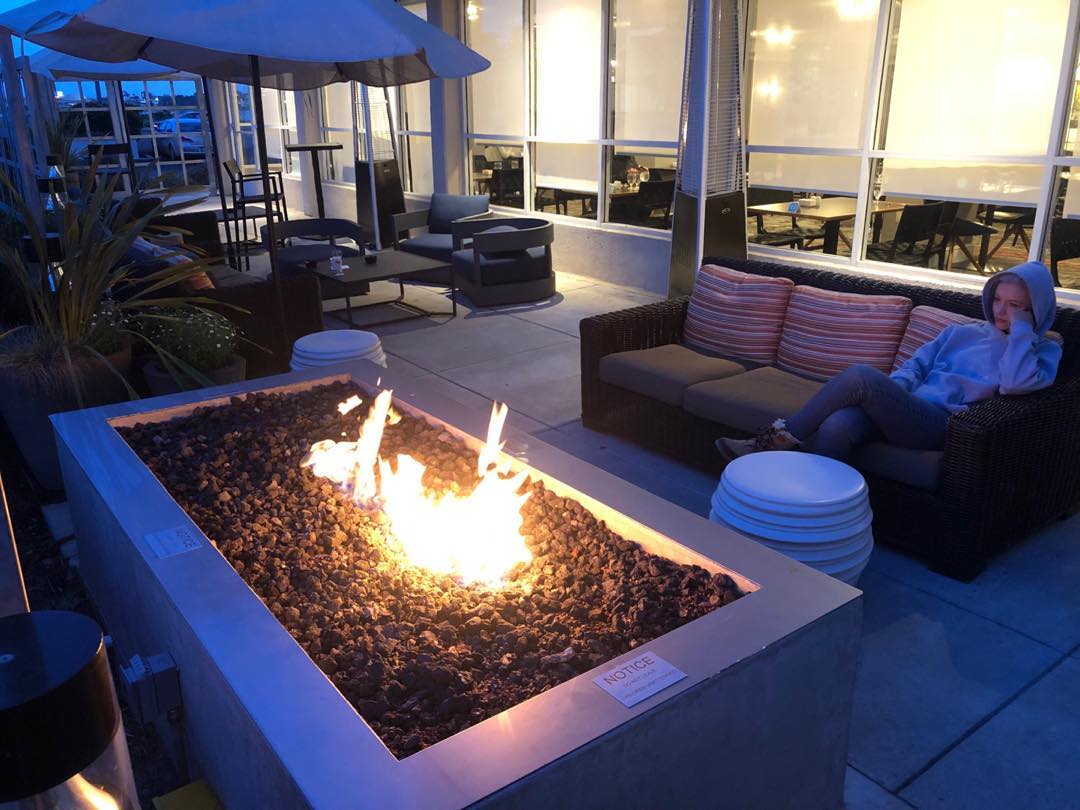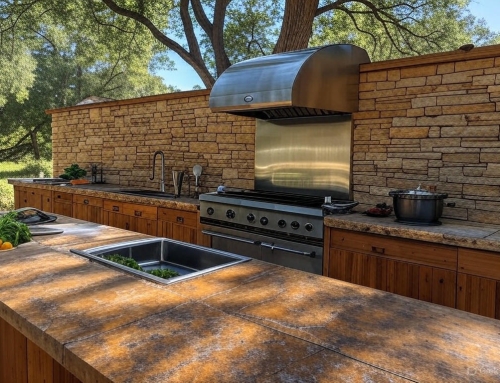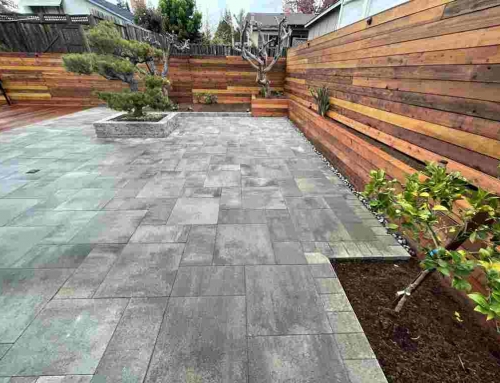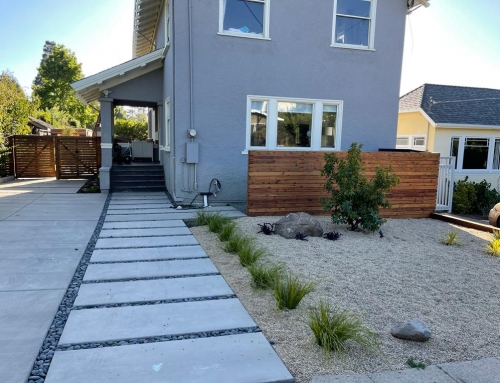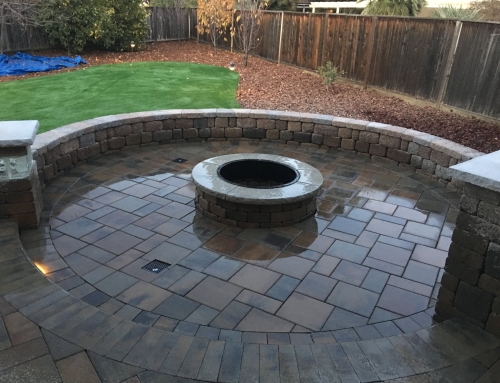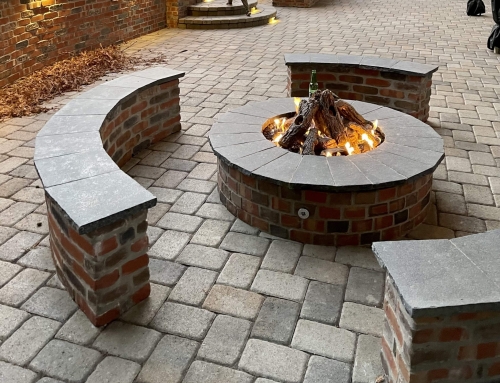Fireplaces have long been cherished for the warmth and aesthetic appeal they bring to homes. The crackling sound of burning wood, the glow of flickering flames, and the comforting ambiance make them a popular feature in many households. However, despite their charm, fireplaces come with several drawbacks that homeowners should consider before installing one. From maintenance costs to safety concerns, there are multiple disadvantages that may outweigh the benefits.
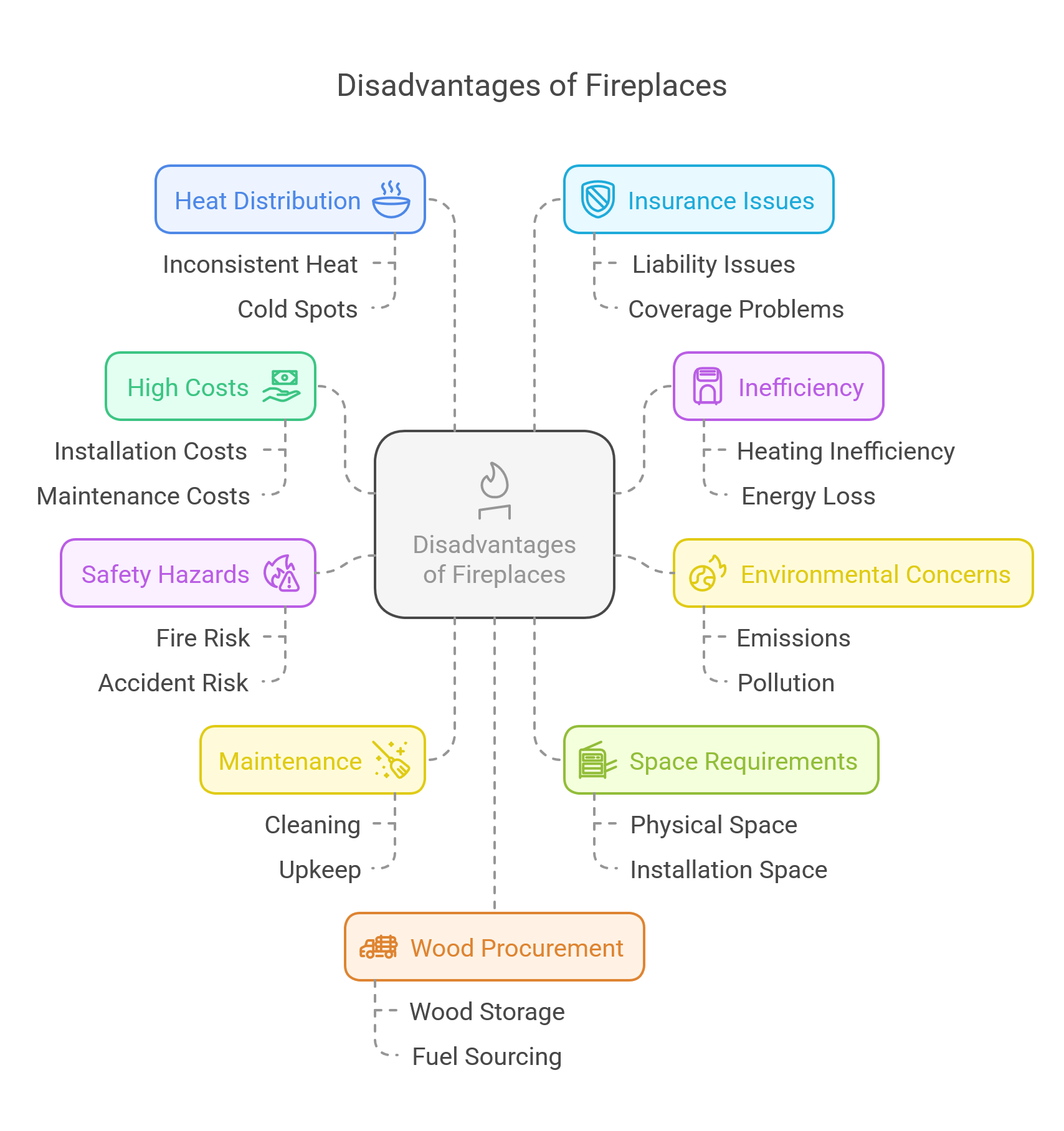
If you’re contemplating adding a fireplace to your home, it’s crucial to understand the challenges that come with it. Consulting a professional fireplace contractor can help you make an informed decision. In this blog, we’ll dive deep into the disadvantages of fireplaces so you can weigh your options carefully.
1. High Installation and Maintenance Costs
One of the biggest drawbacks of owning a fireplace is the cost associated with installation and maintenance. A traditional wood-burning fireplace requires a chimney, a firebox, and a flue, all of which can add up to thousands of dollars in construction costs. Even gas and electric fireplaces, which tend to be more affordable, still require professional installation.
Beyond the initial expense, ongoing maintenance is necessary to keep a fireplace in good condition. Chimneys require regular cleaning to remove creosote buildup, a highly flammable residue that can cause chimney fires. Hiring a fireplace contractor for routine inspections and cleaning is an added expense that homeowners need to consider.
2. Inefficiency in Heating
While fireplaces are often seen as a source of warmth, they are surprisingly inefficient in heating an entire home. Traditional wood-burning fireplaces lose a significant amount of heat through the chimney, with some estimates suggesting that up to 90% of the heat escapes rather than staying inside the house. This inefficiency makes it an unreliable primary heating source, especially in colder climates.
Gas and electric fireplaces are more energy-efficient but still consume a significant amount of fuel or electricity. Homeowners may find that relying on central heating systems or modern HVAC units is a more effective way to maintain consistent indoor temperatures.
3. Environmental Concerns
Wood-burning fireplaces contribute to air pollution by releasing smoke, carbon monoxide, and other harmful pollutants into the air. The burning of wood produces particulate matter that can be detrimental to respiratory health, particularly for children, the elderly, and those with existing lung conditions like asthma.
Many cities have implemented regulations to curb the use of wood-burning fireplaces due to their environmental impact. If you live in an area with strict air quality laws, you may need to invest in an alternative heating source or upgrade to an EPA-certified fireplace.
4. Fire and Safety Hazards
One of the most significant disadvantages of a fireplace is the safety risk it poses. Fireplaces, if not properly maintained, can become a fire hazard. Common dangers include:
- Chimney Fires – Creosote buildup can ignite and cause chimney fires, which can quickly spread to the rest of the home.
- Stray Sparks – Burning wood can produce embers and sparks that may escape the fireplace and ignite nearby furniture, rugs, or curtains.
- Carbon Monoxide Poisoning – Inadequate ventilation can lead to the buildup of carbon monoxide, a deadly odorless gas that can pose a serious health risk.
To mitigate these risks, it is essential to install smoke detectors, use a fireplace screen, and schedule regular inspections with a fireplace contractor to ensure your fireplace is in safe working condition.
5. Extensive Cleaning and Maintenance
Keeping a fireplace clean requires time and effort. Wood-burning fireplaces leave behind ash, soot, and debris that need to be cleaned regularly. Additionally, chimneys must be swept periodically to prevent creosote buildup, which can lead to dangerous blockages.
Gas and electric fireplaces require less cleaning, but they still need occasional maintenance to ensure they function properly. Hiring a fireplace contractor for annual inspections can help identify potential issues before they become major problems.
6. Space Requirements
A fireplace takes up a considerable amount of space in a home, which can be a disadvantage for those with limited square footage. Traditional fireplaces require a dedicated wall for the chimney, hearth, and mantel, which can limit interior design options. Even wall-mounted gas or electric fireplaces, while more space-efficient, still require adequate clearance and ventilation.
For homeowners who prioritize open layouts or need extra storage, a fireplace may not be the best addition to their living space.
7. Inconsistent Heat Distribution
Unlike modern central heating systems, fireplaces do not provide uniform heat distribution. The warmth generated by a fireplace is often concentrated in a single room, leaving other areas of the house cold. This creates an imbalance that may require additional heating sources to maintain comfort throughout the home.
Some homeowners try to counteract this by installing fans or using a fireplace insert, but these solutions come with additional costs and may not be as effective as a central heating system.
8. Potential Insurance and Liability Issues
Some homeowners’ insurance policies charge higher premiums for houses with fireplaces due to the increased risk of fire-related damage. In some cases, insurance providers may require additional safety measures, such as spark arrestors or fire-resistant materials, to minimize risk.
If you plan to install a fireplace, it’s essential to check with your insurance provider and consult a fireplace contractor to ensure compliance with safety regulations.
9. Wood Storage and Procurement
For those who opt for a wood-burning fireplace, sourcing and storing firewood can be another challenge. Buying firewood regularly can be expensive, and improper storage can lead to issues like pest infestations or mold growth. Homeowners must also consider the effort required to stack, chop, and transport wood, which can be inconvenient, especially during winter months.
10. Modern Alternatives May Be More Practical
With advancements in heating technology, modern homeowners have several alternatives to traditional fireplaces. Options like pellet stoves, gas inserts, and electric fireplaces provide the aesthetic appeal of a fireplace without many of the associated drawbacks. These alternatives are often easier to install, more energy-efficient, and require less maintenance.
If you’re considering a fireplace, speaking with a fireplace contractor can help you explore modern options that align with your lifestyle and budget.
Conclusion
While fireplaces add charm and warmth to a home, they come with several disadvantages that should not be overlooked. From high maintenance costs to safety concerns and environmental impacts, there are many factors to consider before investing in one. If you’re unsure whether a fireplace is right for your home, consulting an experienced fireplace contractor can help you make the best choice.
At Smartscaping, we specialize in providing expert guidance on fireplace installation, maintenance, and alternatives that suit your needs. Contact us today to learn more about your options and ensure your home remains warm, safe, and efficient.


